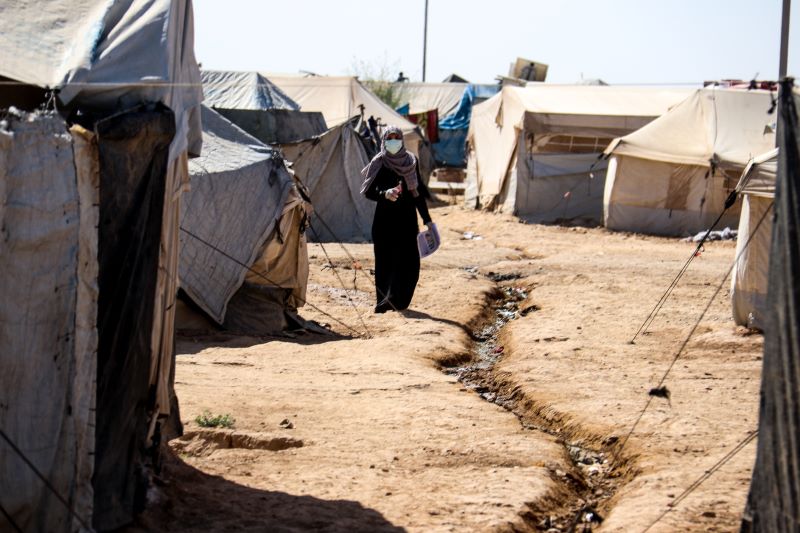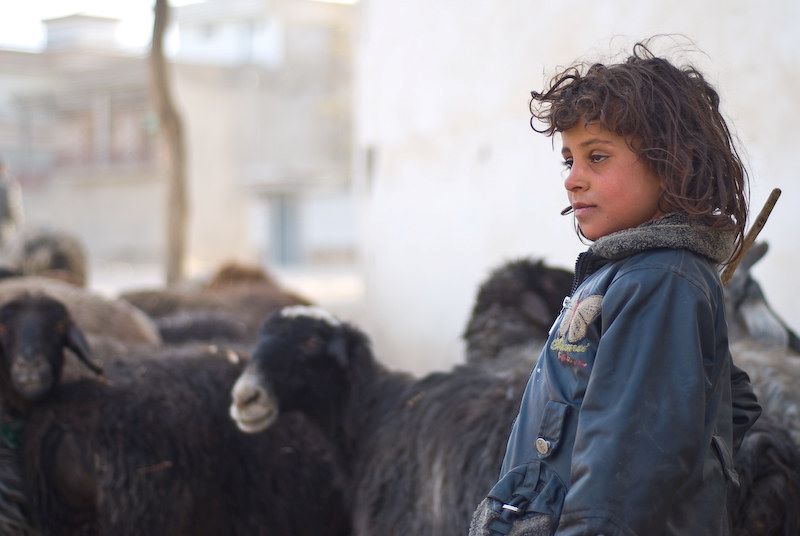Recommended

Blog Post
A new paper, by Yaseen Zazai, (the co-author of this blog and a former senior Afghan finance ministry official), takes an insider’s look at the UK’s approach to aid in Afghanistan over the last 20 years. From his unique vantage point, Yaseen argues that there were major positive outcomes and real impact, but that external support was continuously undermined by security concerns, corruption, and excessive layers of international contracting.
Here, we look at five lessons which can be drawn from this experience for the UK and other donors for providing aid in fragile contexts, and argue that an alternative approach could have been more successful—and remains a viable option for re-engaging with Afghanistan in the future.
Funding “through” or “around” fragile governments?
The Independent Commission on Aid Impact (ICAI), the UK Parliament’s aid watchdog, recently rated UK aid to Afghanistan in the final years before the return of the Taliban’s regime as “amber-red.” This is barely above the worst possible score on ICAI’s traffic-light system.
One reason for this downbeat assessment was the choice that the UK made early on, in tandem with the US and other donors, to channel funding through the central Afghan budget. We refer to this approach as ‘on-budget’. Nearly 50 percent of UK aid took that route, supervised by major multilateral agencies like the UN and the World Bank.
In such a conflict-laden context, this strategy—funding through the government rather than contracting specific programmes out to providers and supervising themselves (we refer to this approach as ‘off-budget’)—was always a risk. This choice was made at an extremely early stage, when institutional capability and political settlements were at best, fragile.
But the deliberate choice to use national systems was made with the intention of building up national capacity over time, and has potential advantages, such as greater transparency. Robust oversight by leading multilateral agencies was also thought sufficient to mitigate the attendant risks of waste and corruption.
When a donor bypasses the central government, they may be able to deliver support faster, and more safely. But this approach does nothing to support the capacity of governments themselves, and can result in country dependency on external contractors.
The use of pooled-aid, channelled through the national budget—which is the approach that was taken in Afghanistan—is in fact one of the “gold standards” of the aid-effectiveness and country-ownership agenda, but it is rarely implemented on this scale.
The Afghan experience typifies a “learning-by-doing” dilemma, which exists for all aid to fragile contexts to a greater or lesser degree. In their response to the Afghanistan ICAI review, the UK government pointed out that calculated risk-taking is often necessary in fragile situations, ahead of, but in constructive expectation of a political settlement. This is very much a live issue in the Democratic Republic of the Congo, for example.
But there are certainly some lessons to be drawn from Afghanistan.
What can be learned from Afghanistan?
1. Positive outcomes can be, and were, achieved via an on-budget approach
We must note the major positive development outcomes, especially in health care and education and improved service access for women and girls, achieved via the main, on-budget vehicle for delivering aid, the Afghanistan Reconstruction Trust Fund (ARTF). Despite legitimate international concern that outcomes are now being reversed under the Taliban, there remains a deep bedrock of social progress, on which future development efforts can build.
2. Changing security status in fragile contexts can distort aid architecture
The rapidly worsening security situation in the final years before 2021 distorted the architecture of aid to Afghanistan in several ways. For example: funding was increasingly switched from on-budget instruments to off-budget bilateral programmes, just as the former were finally delivering capacity benefits. Bilateral allocations were increasingly mapped to donors’ regional security footprints, such as the UK’s presence in Helmand Province, rather than national priorities; and local security risks were invoked to limit bilateral aid transparency and accountability—potentially hindering public buy-in and inclusion.
3. Partnership and accountability towards policy reforms
There were significant policy reforms initially made possible by the ARTF and similar central arrangements, which negotiated with the central government a rolling agenda of institutional improvements, in exchange for new tranches of funding support. A good example was setting objectives for girls’ enrolment in school, which reached more than 3.4 million in 2021 before the government’s collapse, representing 40 percent of the school students in Afghanistan. Another was implementing the automation of the country’s payment and transfer systems, permitting safe electronic transfers from the treasury to the central bank and beyond.
4. The on-budget route was vulnerable to corruption
The on-budget route in this case proved uniquely vulnerable to corruption at the highest levels of government, parliament, and other influential warlords. Otherwise robust financial controls, which all normal government departments were bound by, could be (and were) overridden by the Administrative Office of the President in the name of the “Contingency code - 91 Policy code, and 92 the emergency code).” Moreover, the distribution key for provincial support from the federal budget, while supposedly based on objective published criteria, was in fact negotiated behind closed doors with local warlords, nullifying the intent of wider ownership and transparency.
5. Sub-contracting from international to local actors reduced aid effectiveness
Aid effectiveness problems generated by the unique “cascade” of donor contractors imported into Afghanistan plagued both types of aid. In all-too-few cases, a modest share of programme funds was set aside for delivery by local Afghan actors. However, a majority of larger awards were made in donor capitals to international suppliers; they then subcontracted to others with a significant presence in Kabul; and they in turn to contractors with real provincial and local capacity. Afghan entrepreneurs, at the bottom of this pile, might thereby find themselves asked to implement 80 percent of the job for 20 percent of the funding. The paper even cites a road project, funded by a regional multilateral bank and with a UK contribution, on which $250 million was spent through several such procurement cascades, without any road ever being built!
How to solve the “on/off-budget” dilemma
Clearly, as the paper argues, the way forward is some reasonable combination of both approaches, with a more carefully structured transition from “off” to “on”. In the case of Afghanistan, there was arguably over-ambition from the start, then excessive pessimism, and sudden reversals when (perhaps predictable) setbacks occurred, and finally the main actors simply ran out of time and credibility.
For serious international development aid re-engagement in Afghanistan—and that must occur at some future point—the paper suggests a pooled national fund model, partly inspired by the ARTF experience. This should be appropriately phased and adapted to changed circumstances. It should be associated with relevant policy conditions, some of which (on improving women’s labour market access for example) will not be an easy sell, if recent experience is any guide.
But such quintessentially political problems are also likely to affect parallel, around-government aid channels, which would also presumably have less overall leverage with the national authorities.
There is no silver bullet, but a careful, pooled, and progressive through-budget approach still seems a sensible path to pursue.
Disclaimer
CGD blog posts reflect the views of the authors, drawing on prior research and experience in their areas of expertise. CGD is a nonpartisan, independent organization and does not take institutional positions.
Image credit for social media/web: Adobe Stock







